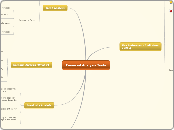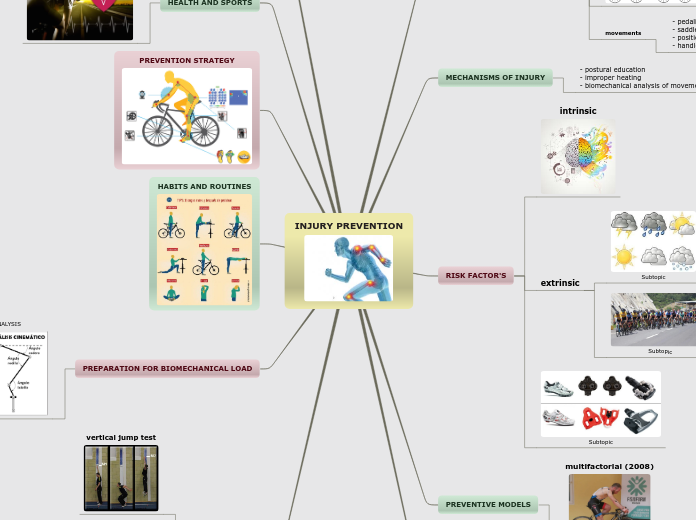Order
Development Attribute
Gender Neutral Trends
Vygotsky
"Novice" learner
Needs accompany by expert
Paiget
Preoperational Stage
Working Towards Concrete Operational stage
Working on longterm Memories
Gender
Female
Girls interact with teachers more and are more sensitve and effected by what teachers say. They take things more personal when the teacher talks to them because of their nature to create bonds and expectation goals.
Right-Dominant Brain
Better at nonverbal concepts and being more creative and emotional than logical and analytical. Uses more art and creativity to express themselves
Male
Boys interact wit teachers less and tend to ignore teachers and do not take feedback seriously in most cases.
Left-Dominant Brain
Better at verbal concepts being better with language, analytics, and logic, making them better at things, like reading, writing, and computations.
Age
7-12 year olds
Interest
Make Believe/Imaginatory play
Creative actvities/Hands on activities
Simple tasks
Breaks inbetween lessons
"School Age"
Industry V. Inferiority
Cross-Curricular Ties
Science: Scientific Method
Scientif method not in use
personal and cultural beliefs influence both our perceptions and our interpretations of natural phenomena." If the hypothesis-testing process fails to eliminate most of the personal and cultural biases of the community of investigators, false hypotheses can survive the testing process and then be accepted as correct descriptions of the way the world works.
Skipping the testing and forming a conclusion based on reaserch only
personal biases are especially strong on topics related to origins because of the wider implications.
many of the crucial processes occurred in the past and are difficult to test in the present
Misconceptions
Undergeneralization: Once we have the answer then we can take out the repeating step because we found the answer the first time
Overgeneralization: You can go out of order and still get the same results
Example Tests
Which lunch do students prefer the most? Collect data to see if they like Meatloaf, Spaghetti, Burgers, Or Pizza!
Testing which spot in the classroom will make a bean plant grow the fastest( Window, Closet, Countertop in classroom)
Question
an interrogative expression often used to test knowledge
Research
careful and detailed study into a specific problem, concern, or issue using the scientific method
Hypothesis
an explanation that is proposed for a phenomenon.
Experiment
a test, trial, or tentative procedure
Analysis
a method of studying the nature of something or of determining its essential features
Conclsuion
discusses the overall results of an experimental procedure and explains whether the proposed hypothesis at the beginning of the experiment was correct or not.
Repeat
Step 6).
Step 5).
Step 4).
Step 3).
Setp 2).
Step1).
Math: Steps in Math problems
History: Reign of rulers (Timeline Of History)
The Order is the guideline to success









